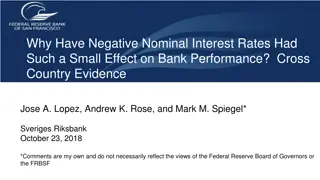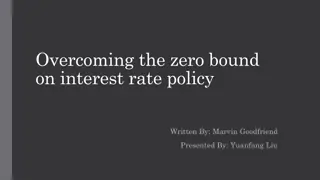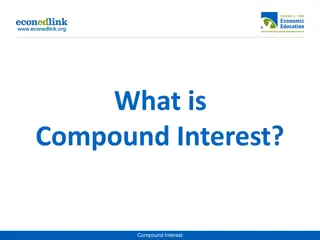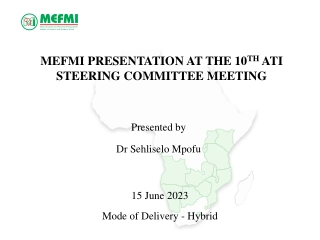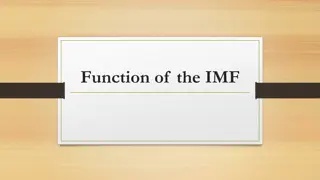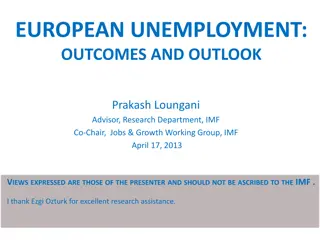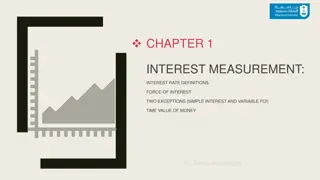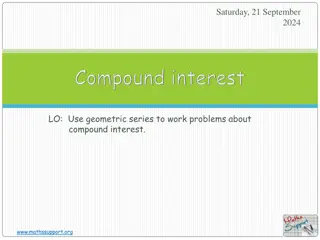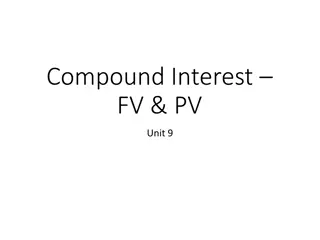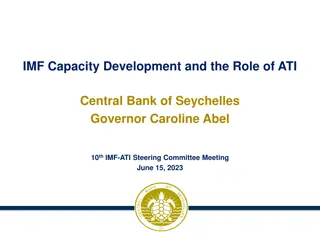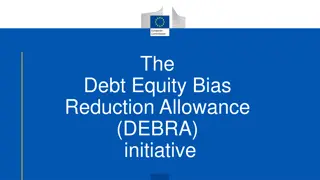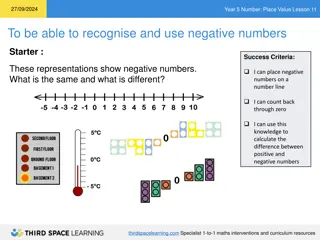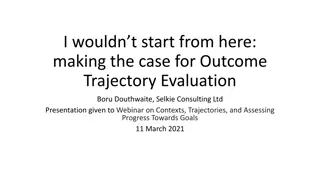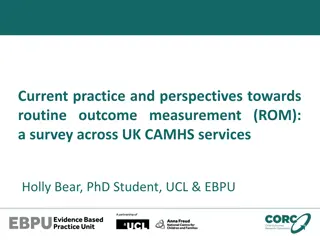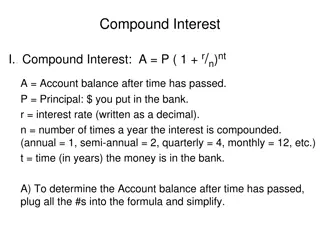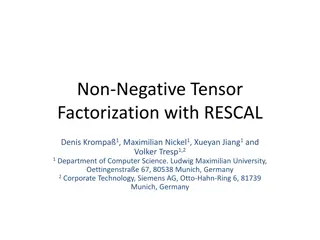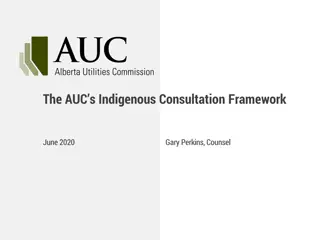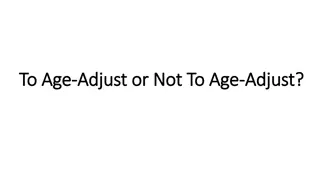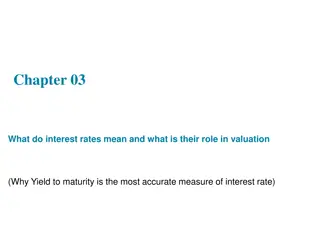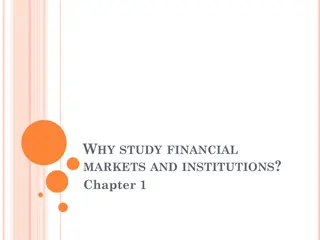Outcome of AEG Consultation on Treatment of Negative Interest Rates by Real Sector Division IMF Statistics Department
A detailed analysis of the outcome of the AEG consultation on the treatment of negative interest rates by the Real Sector Division IMF Statistics Department. The summary includes members' agreement with the proposed treatment, the closure of the consultation, feedback received, and the need for further research on the implications of negative interest rates on FISIM. Different countries' perspectives, such as Canada, China, Netherlands, Uruguay, and the USA, are also highlighted.
Download Presentation

Please find below an Image/Link to download the presentation.
The content on the website is provided AS IS for your information and personal use only. It may not be sold, licensed, or shared on other websites without obtaining consent from the author. Download presentation by click this link. If you encounter any issues during the download, it is possible that the publisher has removed the file from their server.
E N D
Presentation Transcript
Real Sector Division IMF Statistics Department Outcome of AEG Consultation on the Treatment of Negative Interest Rates Eleventh Meeting of the Advisory Expert Group on National Accounts New York 5-7 December 2017 Michael Stanger Reproductions of this material, or any parts of it, should refer to the IMF StatisticsDepartment as the source.
Real Sector Division IMF Statistics Department Background A paper on the treatment of negative interest rates was circulated to the members of the AEG for consultation on 16 February 2017. 12 AEG members provided comments and 4 responded with no comments.
Real Sector Division IMF Statistics Department 5.2.1 Summary of outcome of AEG consultation on the treatment of negative interest rates In general, members agreed with the proposed treatment of negative interest rates as negative receipts of investment income. This treatment is seen to: be in line with the principles set out in existing manuals (e.g. parallel treatment of reinvested earnings on direct investment in BPM6) be logical in that negative interest rates give rise to negative income flows and negative income flows are recorded with a negative sign in the appropriate side of the accounts maintain the association between investment income and the related instrument allow for more accurate rate of return analysis better serve data needs for policy and analytical purposes
Real Sector Division IMF Statistics Department 5.2.1 Summary of outcome of AEG consultation on the treatment of negative interest rates The consultation of negative interest rates has been closed. STA-BP received feedback from the AEG and Government Finance Statistics Advisory Committee agreeing with the views of BOPCOM, and posted a clarification note on the BPM6 website stating that: Negative interest rates on deposits should be recorded as negative income receivable by the investors (and payable by the financial institutions) in the primary income account excluding FISIM, like positive interest income on deposits.
Real Sector Division IMF Statistics Department 5.2.1 Summary of outcome of AEG consultation on the treatment of negative interest rates Some AEG members noted that further more-in-depth research is needed to improve accounting guidance on this issue and with regard to its implication on FISIM: Canada: considers the negative interest rather an explicit banking charge for safeguarding and access service China: the SNA should reconsider the FISIM estimation approach with regard to the reference rate NL: current proposal is pragmatic and further research is needed Uruguay: further research is needed, specifically regarding implications on FISIM USA: the treatment of negative interest highlights concerns about the suggested FISIM interbank rate.



